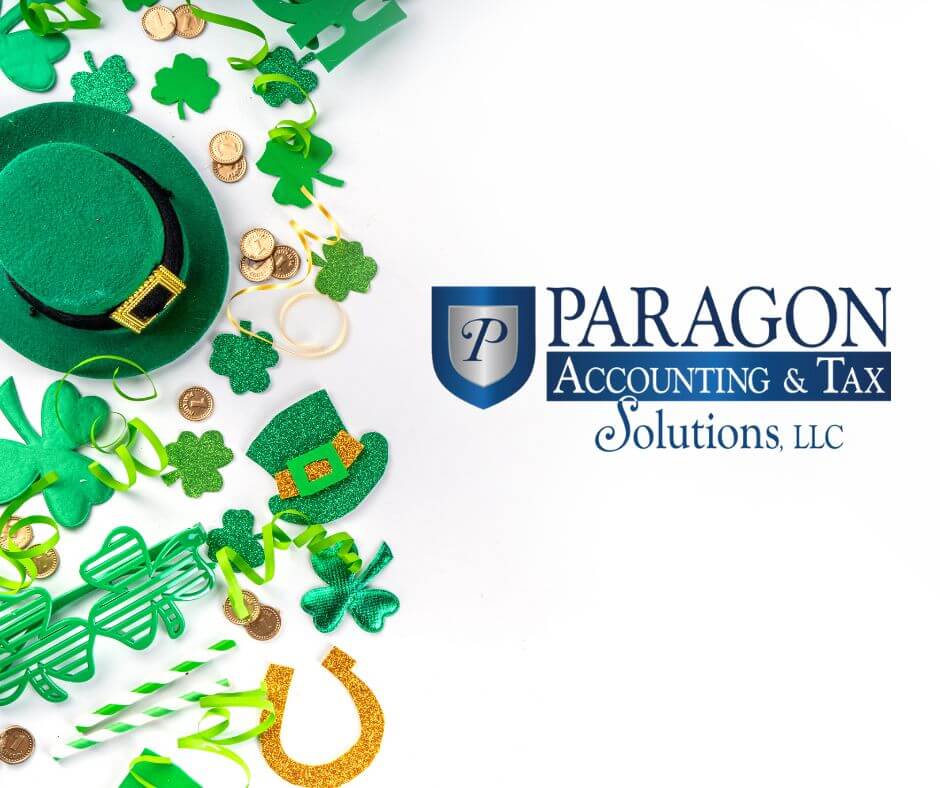Irish For a Day

On Saint Patrick’s Day, millions of Americans go scrounging through their Ancestry DNA tests in hopes of finding a drop or two of Irish blood to justify a trip to the bar. Others struggle to pronounce those unpronounceable Irish names: Cillian [kill•ee•an] and Saoirse [sor•sha] are easy enough, but Meadhbh [mave], Fiadh [fee•a], and Caoilfhionn [kee•lan] are more of a stretch. In Chicago, the Journeyman Plumbers Local Union 130 uses 40 pounds of environmentally friendly dye to turn the river green. In Cincinnati, Skyline Chili dyes their noodles green.
Oh, and don’t forget the beer! On Saint Patrick’s Day, 13 million pints of Guinness go down the hatch. Surprisingly, St. Patrick’s Day is only the third most popular day for drinking here, behind New Year’s Eve and Mardi Gras. Still, we manage to suck down 174% more beer than usual, with the average person consuming 4.2 drinks. 36% of men admit to binge drinking on St. Paddy’s—if you aren’t one of them, surely you know one. That adds up to $6.85 billion in spending, or $44 for each of the drinkers crowding your favorite pub. And that, in turn, gives federal and state tax collectors cause to celebrate, too.
Seeing taverns filled with Irish-for-a-day drinkers—on a Sunday this year, no less—it can be hard to remember that less than a century ago, alcohol was illegal. But when the Great Depression hit, Uncle Sam needed money more than morals, and in 1934, the 21st Amendment re-opened the door to federal beer taxes. The challenge back then was setting rates high enough to be worthwhile but low enough to let legal producers compete with bootleggers. Congress settled on $5 per barrel of beer – roughly $115 in today’s dollars or about 46 cents per pint.
Since then, rates have drifted up and down like the tides. In 2020, the Craft Beverage Modernization Act set rates at $3.50/barrel on the first 60,000 barrels for domestic brewers producing less than 2 million barrels annually. Rates go up to $16/barrel on the first 16 million barrels for all other brewers and importers and $18/barrel for everything over 16 million barrels. That works out to about a penny and a half per pint for the small-batch stuff, up 7 cents per pint for beer from vats the size of Rhode Island. Beer snobs may rave about exotic brews like Stedji Brewery’s Hvalur ale (made with sheep dung-smoked whale testicles) or Fossil Fuels’ Jurassic Saison (made with yeast DNA from 45-million-year-old fossilized amber). But in the real world, 73% of the beer we drink is taxed at the $18 per barrel top rate. That means most of us are guzzling the same workingman’s swill as everyone else, even when it’s poured by a red-bearded hipster with a handlebar mustache.
Uncle Sam isn’t the only tax man skimming the foam off the top of the mug. All 50 states and the District of Columbia collect their own beer tax, too. Those rates range from 2 cents/gallon in the Cowboy State all the way up to $1.29/gallon in the Volunteer State. Some states levy higher rates on stronger beers. And state and local governments generally collect sales tax on beer, too. They really do get you everywhere. (Don’t forget there’s a sales tax on your Uber ride home!)
St. Paddy’s may come just once a year (although we’ll get to pay the same taxes all over again in May, when Mexican-for-a-day drinkers go out for happy hour on Cinco de Mayo). It’s too bad the real Saint Patrick didn’t drive the taxes out of Ireland. But you can still call us for planning to put a pot of gold at the end of your rainbow!
